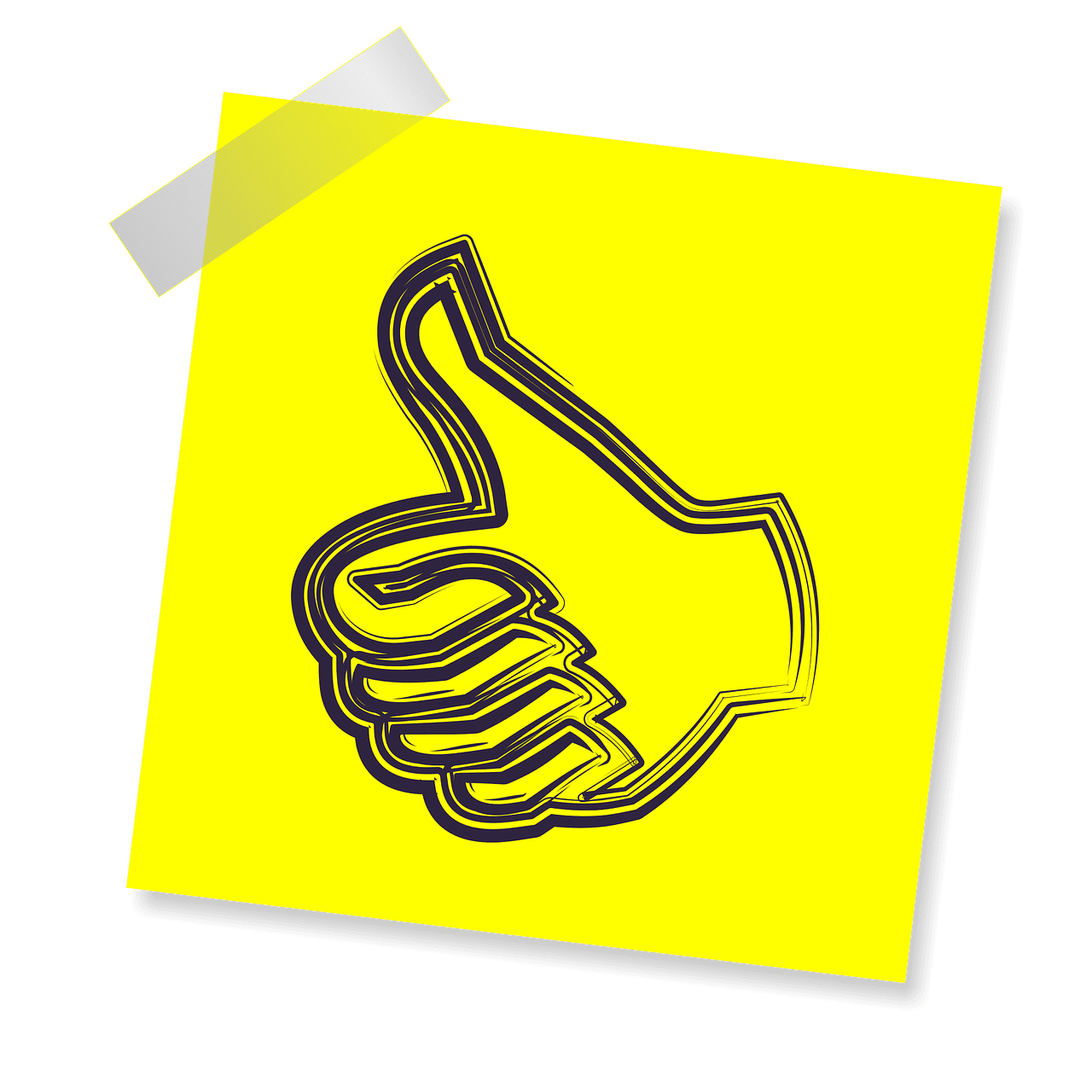Recently, I read a critique of negative societal patterns that result in illness, The Myth of Normal (Mate, 2022) . Towards the end of the book, Gabor Mate builds on a concept I read in a book ten years prior, You Are Not Brain: The 4-Step Solution for Changing Bad Habits, Ending Unhealthy Thinking, and Taking Control of Your Life (Schwartz & Gladding, 2011) . Schwartz and Gladding suggest that while your mind does it’s own thing and your brain makes you lose track of your goals, you can purposefully redefine and readjust. Unfortunately, an evolutionary response means that, more often than not, the brain messages sent through our brain are harmful and cause anxiety. The anxiety can be so debilitating that it develops into obsessive compulsive disorder (OCD) in an effort to regain control. Whether we have OCD or not, while our brain causes us to perseverate on imperfections, it isn’t a death sentence.
Still, because an inclination and hard wiring towards negative thought patterns is proven time and time again in the study of neuroscience, these thought and behavioral patterns are extraordinarily difficult to shift, albeit not impossible. Smoking is a perfect example– almost all smokers admit the behavior is harmful, but struggle to let go because the behavior serves a purpose– daily stress relief. Schwartz and Gladding outline four steps for changing compulsive behaviors like smoking, as well as obsessive thought patterns, like “I can’t do it if it’s not going to be perfect.”
Although I’m skeptical of most step-by-step routines to tend to maladaptive behaviors, Schwartz’s and Gladding’s make sense. They offer an exercise that is experiential and mindfulness based, as well as based on well researched behavioral techniques. An experiential exercise means that it requires conscious exertion, or mindful practice, meaning that just reading the outline below is far less meaningful than journaling and actively processing, before committing to action
Step One: RELABEL. Say what is actually happening in your mind, or notice the negative thought or urge. Work beyond the superficial and ponder your impulses with focused effort. Relabeling requires assertion, noting that the urge is a false alarm that is not based in reality.
I.E. “I’m having the urge to check my Instagram again.” Be aware of the intensity of this urge, without trying to diminish it as silly or stupid.
Step Two: REFRAME. Journal or intentionally focus on why the impulsive, negative thought is affecting you. I prefer writing it out, as I find thinking about it, even mindfully, allows more room for distraction. Here we look to create a separation between you as a human being and your thoughts.
I.E. “I am feeling an intense need to check my phone because of the immediate endorphin rush it gives me. It’s an instant high or I do it because I’m scared to miss out on something. It’s not me that feels that I need to check Instagram, it’s my thoughts.”
Step Three: REFOCUS: Redirect your energy to an activity that is constructive, even pleasant if you can. Refocusing your mind is like exercising your body– you’ve simply got to do something different, even when your chattering mind tells you to engage in your chronic, impulsive behavior. Start with 15 minutes if this feels extremely challenging and increase as you continue developing your practice. Do the activity fully even if your mind is thinking about the compulsion the entire time. It’s not easy!
I.E. “I’m going to leave my phone inside and go on a 15 minute walk. I’ll observe all the beautiful blooming flowers and thank Mother Nature for her beauty.”
Step Four: REVALUE: Catch on to the urge as a deceptive message from your brain, nothing more, nothing serious or critical. Note that when you give into this urge, you are actually intensifying the brain’s perceived need for it. Supplement this thought with the idea that engaging in the pattern keeps you away from things that actually matter in your life.
I.E. “The compulsion to check my phone is an old brain pattern that’s lying to me. I don’t need it. It’s my brain, not me. I can actively manage, or at least tolerate my stress knowing that one day, the urge will pass.”
We all need to learn not to let our brain’s negative intrusions dictate our lives. While folks with OCD experience this barrier intensely and in a way that severely diminishes their quality of life, we can all afford to work on the 4 R process. Our immediate urgencies are misleading, and only grow when we feed them. While it’s painstakingly difficult at times, we gain self esteem and true freedom through the process, no longer prisoners to our compulsions.

